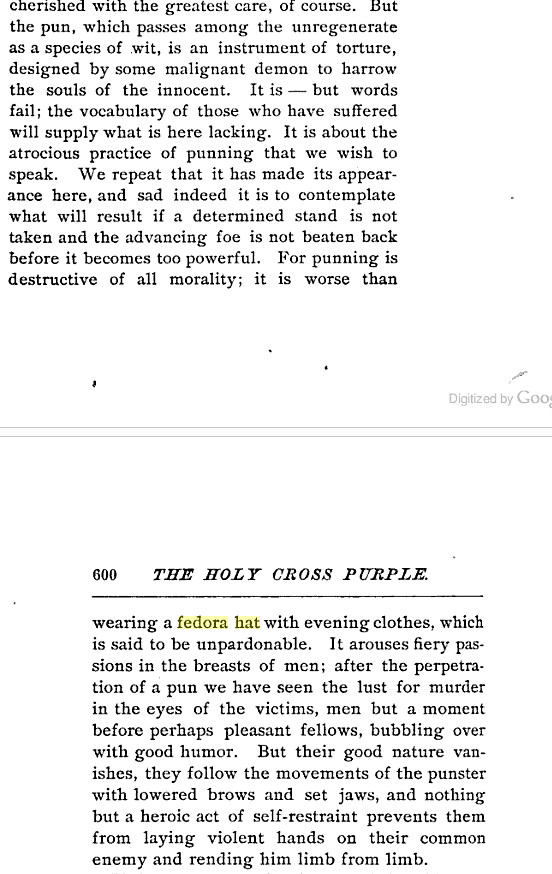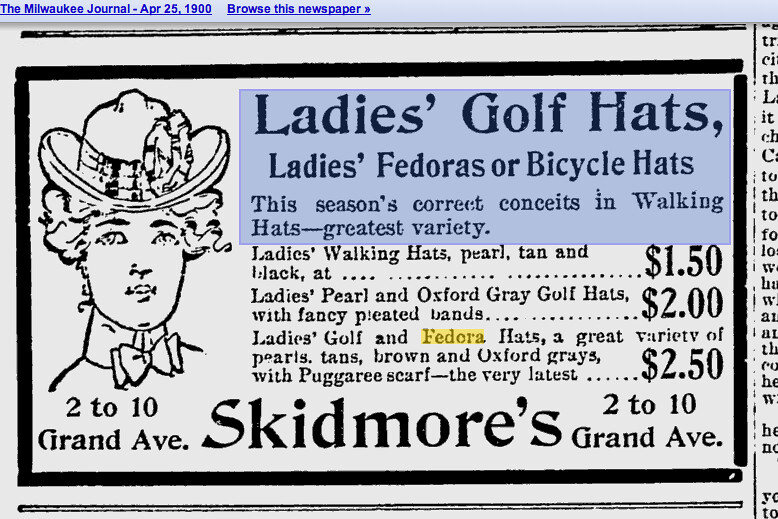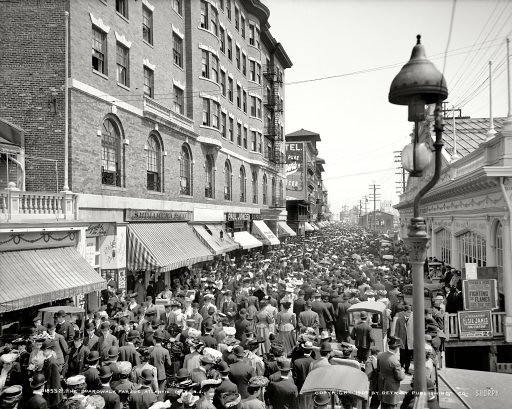rlk
I'll Lock Up
- Messages
- 6,100
- Location
- Evanston, IL
The next step...
Here's an opening comment from Success Magazine of 1907:

Here's an opening comment from Success Magazine of 1907:









